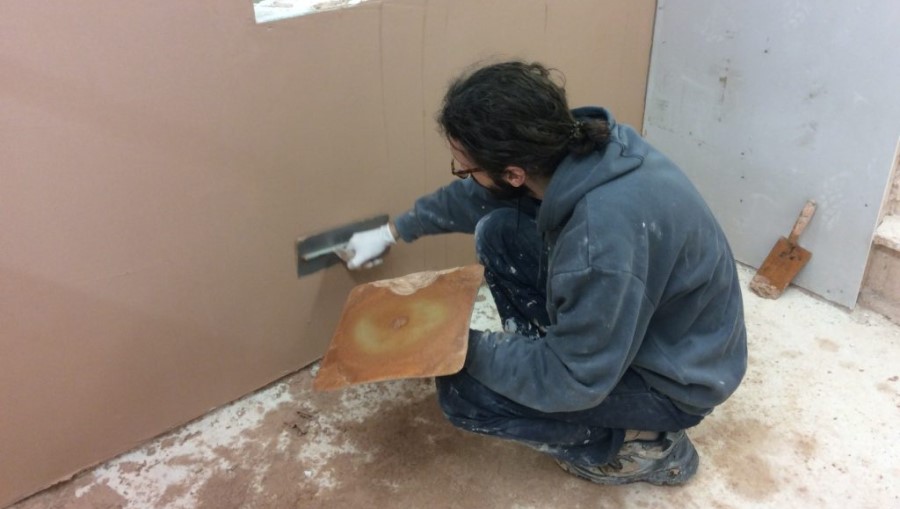
If you are a student of construction industry even have an interest in construction, you would have thought of starting your own plastering business. There are multiple methods through which you can become a plasterer in the UK. Evoke plaster interiors is a popular and growing contractor in the UK and is providing plastering services for both commercial and residential clients. Before we proceed, we need to understand the functions of a plasterer.
A plasterer coats the walls of a building in such a way that they are smooth enough for decoration. Plastering has different types, and a plasterer uses multiple kinds of plasters for better results. For becoming a plasterer, there are various steps that you can follow.
1. No Need of Degree
For becoming a plasterer in the UK, you don’t need any specific degree or education. You’ll need to have experience of working in the same field. If you don’t have any experience, in the UK multiple institutions offer plastering courses. You can always take the necessary knowledge from these institutions.
2. Basic Equipment
For becoming an independent plasterer, you will need the essential equipment. You need to plan for the expenses of this equipment after gaining experience in the same field. The most common pieces of equipment in plastering are trowels, hand-board, straight edges, plastering float, jointing knives, mixing paddles, buckets, scarifier, mixer drill, hammers, drywall saws, scrappers, and step ladders.
3. Legal Aspects
Now, you need to fulfil the legal aspect of starting your work. You need to register with HMRC as self-employed. You should follow the registration process to avoid fines. I want to recommend that even after becoming self-employed, you should think about a basic structure of your business so you can expand accordingly.
After having a registration, complete an annual self-assessment tax return. You should pay all the bills at due time and understand all the legal aspects of the business.
4. Insurance
No matter how safely you are running your business, accidents can happen, and a single accident can change your life. So, you don’t want to risk your business on accidents. You should get insurance at earliest to avoid any negative situation in the future.
5. Gain Clients
Till this moment, you were laying the foundation of becoming a plasterer. Now, you need to attract clients. This will be your biggest test as there are many established plasterers in the market, and it will be hard for you to develop a name for yourself.
In the first step, make a portfolio or a CV that reflects your work experience and skillset. Now you need to select an appropriate forum to showcase your expertise. Multiple companies have an online presence. So, you need to establish your name on social media and the internet as well. Create a portfolio on any suitable website and drop a link to every company having a vacant spot.
6. Multitasking
As you will be running a self-owned business, you will have to be good at multitasking in the beginning. Not only you will be giving plastering services to the clients, but you will also have to handle the client’s messages, phone calls, emails, texts as well. You will have to deal with other relevant details. So, you need to learn how you can effectively divide your tasks.
